The textile industry appears to be well ahead of the lighting industry in terms of circularity, recycling old textiles into new textiles. Textiles are most commonly used within commercial and residential luminaires as shades and diffusers. Here are 14 textile recycling companies that could be sourced to increase circularity in the lighting industry:
- Blue Jeans Go Green— TheBlue Jeans Go Green™ program collects denim across the US to divert it from landfills and partners with Bonded Logic, Inc. to recycle it into UltraTouch™ Denim Insulation.
- Circ — Circ is a technology system that returns clothes to their raw ingredients. Circ can recycle polyester or poly-cotton blends into the building blocks of virgin-grade polyester and make pulp that can be made into viscose and lyocell-type fabrics.
- Circulose— Cellulose is the biodegradable organic polymer that cotton, trees, and all green plants on earth are made out of. Circulose has created a process that creates circular cellulose using a mechanical recycling process that transforms old garments into sheets of circulose that can be made into natural textile fibers.
- Econyl— Created by Aquafil, Econyl is regenerated nylon, which is infinitely recyclable, and made from recycled nylon waste such as industrial plastic, waste fabric, and fishing nets. Waste is collected, then cleaned and shredded, depolymerized to extract nylon, polymerized, transformed into yarn, and then re-commercialized into textile products.
- FabScrap— FabScrap provides a pick-up and sorting service for unwanted scraps of pre-consumer textile waste from across New York and engages local creative communities in practices of re-use, upcycling, downcycling, and recycling.
- Infinited Fibre Company— This company turns cellulose-rich waste that would otherwise be landfilled or burned into Infinna™, a premium-quality, circular textile fiber with the look and feel of cotton.
- Pure Waste — Pure Waste focuses on recycling cotton to create 100% recycled, ecologically sustainable yarns, fabrics, and ready-made garments using only materials that would otherwise go to waste.
- Recover— Recover™ transforms post-industrial and post-consumer textile waste into sustainable recycled fibers, closing the loop on fashion. They create low-impact, high-quality recycled cotton fiber, and fiber blends.
- Renewcell— Renewcell uses chemical recycling technology to dissolve used cotton and other natural fibers into a new, biodegradable raw material: renewcell pulp. It can be turned into textile fiber and be fed into the textile production cycle.
- Rewoven— Based in South Africa, Rewoven uses a mechanical recycling process to create 100% recycled fabric from 60% pre-consumer textile waste and 40% plastic waste.
- The Billie Upcycling— Located in Tai Po, Hong Kong, The Billie System is a mechanical textile recycling system that uses no water throughout the process of converting textile waste into recycled fibers.
- SaXcell— SaXcell, an abbreviation of Saxion cellulose, is a regenerated virgin cellulose textile fiber made from chemically recycled household cotton waste. More than 99% of the necessary dissolvent for this process can be reused.
- Vivify Textiles — Vivify Textiles is a textile company that mainly focuses on manufacturing sustainable fabrics made from Recycled (made from textile waste and PET plastic waste), Organic, and Natural fibers.
- Worn Again — Worn Again focuses on solving the challenging issue of converting polyester and polycotton blended textiles, and PET plastic, at their end of use, back into circular raw materials, using an innovative chemical recycling process.
Top image: Recycled plastic fabric pendant by Lucere.de

Image: Pexels.com






You must be logged in to post a comment.